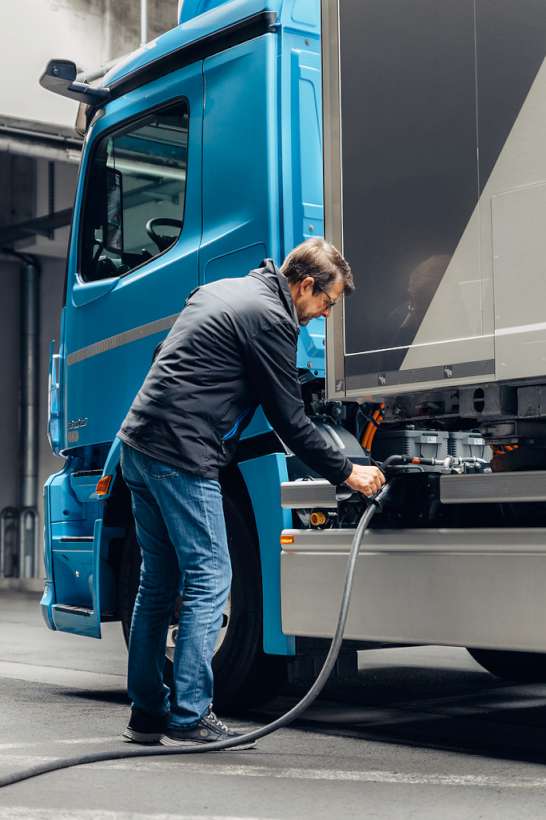How Many Public Electric Truck Charge Points are there in the UK?
The government plan is to have no more diesel trucks hitting the UK’s streets after 2035. That is an admirable goal as it is only twelve years away. That might sound like an age away, but it seems like only yesterday that the ‘11’ or ‘61’ plate trucks and vans were shiny new – twelve years passes all too quickly.
So, how far along the journey are we to transitioning to electric trucks?
Looking at the models available from the truck manufacturers and the constant announcements of new developments, models and even manufacturers in the electric truck market, you would think that we are well under way. However, the huge stumbling block remains the lack of charging infrastructure for these gigawatt-hungry heavy trucks.
As of today, there is not one single truck-dedicated electric charging or hydrogen refuelling point anywhere on the UK’s strategic road network.
This might not be a problem if it is all about charging back at base. Whilst charging at base is technically feasible for operations whose trucks return every night, the cost of these installations is eye-watering. You will have seen the banks of Tesla charging points at the large motorway service areas where 15 or so cars can recharge at the same time. The investment here looks significant but imagine the effort required to recharge 100 trucks simultaneously overnight. Hundreds of thousands of pounds of capital investment that will largely stand idle all day.
Electricity Bunkering?
Perhaps a bright spark will reinvent the original ‘Keyfuels’ bunkering concept where hauliers would exchange diesel in their tanks rather than filling at expensive petrol stations. Instead, trucks would use cooperating facilities when away from base.
Looking at the larger picture, where is this additional electricity generation coming from? Last year we consumed about 335 Terrawatt Hours (TWh) of electricity in the UK. In order for all of the 400,000 or so trucks to refuel with just 320Kwh every night (equivalent of around 4 Teslas) then we would need to produce an extra 50TWh of (hopefully green) electricity annually on top of the extra required for electric cars and heat pumps that will be replacing gas boilers. Don’t forget that the UK would like to reduce reliance on gas powered electricity, adding to nuclear and wind power. That’s going to be a lot of offshore wind farms. Let’s keep our fingers crossed for windy days,
What’s Being Done?
Moves are afoot to put pressure on the Government to act. According to Mike Hawes, SMMT Chief Executive, the organisation is “calling on government to take action now to create a long-term strategy that drives the accelerated rollout of a UK-wide HGV charging and fuelling network and provides world-leading incentives to stimulate investment, drive uptake and attract model allocation. If we’re to deliver on our ambitions, we need that strategy within the next 12 months.”

